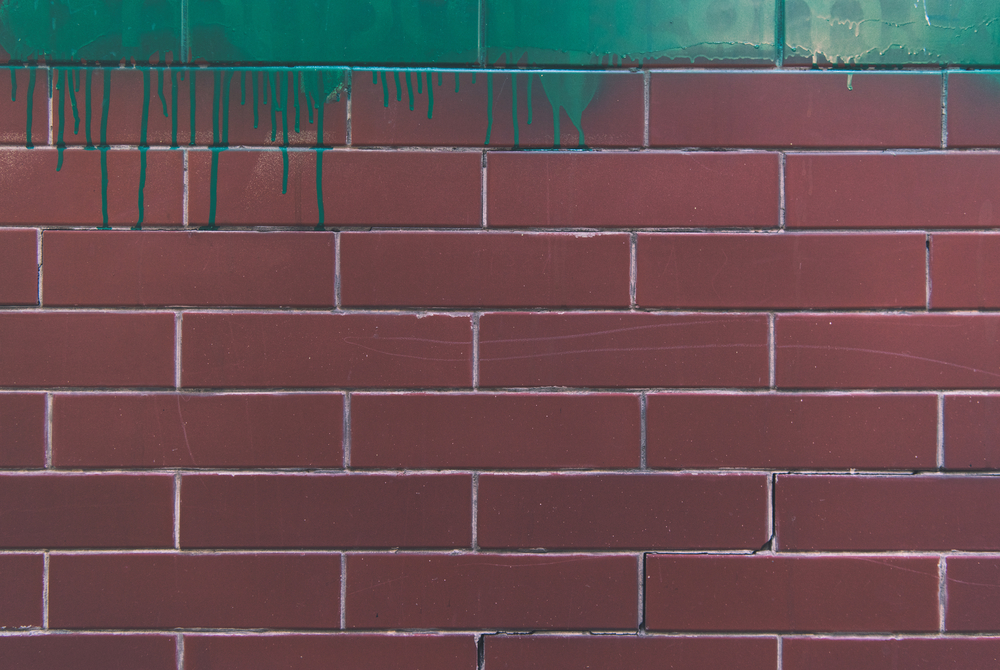Aluminum siding is a popular choice for homeowners due to its durability and low maintenance requirements. However, over time, the paint on aluminum siding can fade, chip, or become worn out, leaving the exterior of your home looking tired and unkempt. Fortunately, painting aluminum siding is a feasible solution to revive its appearance and protect it from the elements. In this guide, we’ll delve into the process of mastering aluminum siding painting, providing you with step-by-step instructions and valuable tips to ensure a successful outcome.
Understanding Aluminum Siding:

Before embarking on the painting process, it’s essential to understand the characteristics of aluminum siding. Unlike other siding materials such as wood or vinyl, aluminum siding is non-porous, which means it does not absorb moisture. This property makes it resistant to rust and rot, but it also presents a challenge when it comes to paint adhesion. Proper surface preparation and the selection of suitable paint are crucial to achieve long-lasting results.
Step 1: Preparation
Preparation is the cornerstone of any successful painting project, and when it comes to aluminum siding, thorough preparation is especially crucial. Begin by meticulously cleaning the aluminum siding to eliminate any dirt, dust, or loose paint flakes that could hinder paint adhesion. This initial cleaning step is essential for ensuring a smooth and even paint application.
One effective method for cleaning aluminum siding is using a pressure washer. However, exercise caution to avoid applying excessive pressure, as this could potentially dent or damage the siding. Maintain a safe distance from the surface and adjust the pressure settings as needed to achieve optimal results. If a pressure washer is unavailable or if you prefer a gentler approach, a mixture of water and mild detergent can be applied with a scrub brush to tackle stubborn stains and grime.
Once the siding is clean and free of debris, take the time to inspect it closely for any signs of corrosion, dents, or dings. Addressing these issues before painting is essential for achieving a flawless finish and prolonging the lifespan of your paint job. Use a wire brush to remove any rust spots, taking care to smooth out rough areas with sandpaper. This step not only improves the appearance of the siding but also ensures that the paint adheres properly to the surface.
In addition to addressing surface imperfections, it’s important to fill in any holes or cracks in the siding using an exterior-grade filler. Choose a filler specifically designed for use on metal surfaces, as these products are formulated to withstand the elements and provide durable, long-lasting repairs. Apply the filler generously to ensure complete coverage, and allow it to dry thoroughly before proceeding to the next step of the painting process.
By investing time and effort into thorough preparation, you’ll lay the foundation for a flawless paint job that enhances the beauty and durability of your aluminum siding. Taking care to clean, inspect, and repair the surface before painting will not only yield superior results but also ensure that your freshly painted siding remains in top condition for years to come.
Step 2: Priming
Once the aluminum siding is thoroughly cleaned, dried, and any imperfections are addressed, the next crucial step is priming. Priming serves as a foundation for the paint, promoting better adhesion and ensuring a smooth, durable finish that lasts longer.
Selecting the right primer is essential for achieving optimal results. Choose a high-quality primer specifically formulated for use on metal surfaces. Look for a primer that offers rust-inhibiting properties, as this will help protect the siding from corrosion and prolong the lifespan of the paint job.
Before applying the primer, ensure that the surface is clean and free of any residual dust or debris. Use a brush or roller to apply the primer evenly, working in small sections to ensure thorough coverage. Pay close attention to details such as corners, edges, and seams, as these areas are prone to paint failure if not adequately primed.
Allow the primer to dry completely according to the manufacturer’s instructions before proceeding with the painting process. This typically requires a waiting period of several hours, but it’s essential to ensure that the primer fully cures before applying the paint.
Step 3: Painting
After the primer has dried thoroughly, it’s time to apply the paint to your aluminum siding. Choosing the right paint is crucial for achieving a beautiful, long-lasting finish that withstands the elements. Opt for a high-quality exterior acrylic latex paint specifically designed for use on metal surfaces. These paints offer excellent adhesion and durability, ensuring that your siding remains vibrant and protected for years to come.

Before you begin painting, make sure to stir the paint thoroughly to ensure a consistent color and texture throughout. This helps prevent any streaks or uneven patches on the siding. Once the paint is well-mixed, you can start applying it to the siding using a brush, roller, or sprayer, depending on your preference and the size of the area you’re painting.
Work in small sections to ensure even coverage and to avoid any overlap marks. Start from the top of the siding and work your way down, following the natural direction of the siding panels. This technique helps prevent drips and ensures a smooth, professional-looking finish.
Step 4: Maintenance
Proper maintenance is essential to prolong the lifespan of your freshly painted aluminum siding. Regularly inspect the siding for signs of damage or wear, such as peeling or fading paint. Promptly address any issues by cleaning the surface and touching up the paint as necessary.
Additionally, consider applying a clear sealant or topcoat to provide an extra layer of protection against the elements. This will help extend the life of the paint and keep your aluminum siding looking vibrant for years to come.
Remember, patience and thoroughness are essential throughout the painting process. Rushing or cutting corners can result in subpar results and may necessitate repainting sooner than expected. By investing time and effort into properly preparing the surface, selecting the right materials, and applying paint with care, you can achieve a finish that not only revitalizes your home’s exterior but also provides long-lasting protection against the elements.
Furthermore, don’t hesitate to seek professional advice or assistance if you encounter any challenges along the way. Experienced painters or contractors can offer valuable insights and guidance to ensure the success of your aluminum siding painting project.
Conclusion
In conclusion, mastering aluminum siding painting is a rewarding endeavor that can significantly enhance the aesthetic appeal and durability of your home. With the knowledge and techniques outlined in this guide, you can confidently tackle this project and enjoy the satisfaction of a job well done. So, roll up your sleeves, gather your supplies, and embark on the journey to transform your aluminum siding into a stunning showcase of your home’s beauty and resilience.
For professional assistance and high-quality painting services, visit Bravo Painting Company.
FAQs
Why should I consider painting my aluminum siding?
Painting aluminum siding can rejuvenate the appearance of your home’s exterior, providing a fresh, vibrant look while also protecting the siding from the elements. It’s a cost-effective way to enhance curb appeal and extend the lifespan of your siding.
How do I prepare my aluminum siding for painting?
Proper preparation is essential for a successful paint job. Begin by thoroughly cleaning the siding to remove dirt, dust, and loose paint flakes. Inspect the surface for corrosion, dents, or dings, and address any imperfections using a wire brush and exterior-grade filler. Finally, prime the siding to promote adhesion and ensure a smooth finish.
Can I use a pressure washer to clean my aluminum siding?
Yes, a pressure washer can be an effective tool for cleaning aluminum siding. However, it’s important to use caution to avoid damaging the siding. Maintain a safe distance from the surface and adjust the pressure settings as needed. Alternatively, a mixture of water and mild detergent applied with a scrub brush can also achieve satisfactory results.
What type of paint should I use for aluminum siding?
Opt for a high-quality exterior acrylic latex paint specifically designed for use on metal surfaces. These paints offer excellent adhesion and durability, ensuring long-lasting results. Be sure to stir the paint thoroughly before application to ensure consistent color and texture.
Do I need to apply a primer before painting aluminum siding?
Yes, priming is essential for promoting adhesion and ensuring a smooth, durable finish. Choose a high-quality primer specifically formulated for use on metal surfaces, preferably one with rust-inhibiting properties to protect against corrosion. Apply the primer evenly and allow it to dry completely before painting.
How long will a freshly painted aluminum siding last?
With proper preparation, high-quality materials, and regular maintenance, a freshly painted aluminum siding can last for many years. However, the lifespan may vary depending on factors such as climate, exposure to sunlight, and maintenance practices.
Can I paint aluminum siding myself, or should I hire a professional?
While painting aluminum siding is a feasible DIY project, it requires careful preparation and attention to detail to achieve professional-looking results. If you’re inexperienced or unsure about tackling the project yourself, consider hiring a professional painter or contractor who can provide expertise and ensure a successful outcome.
Paint Aluminum Siding

